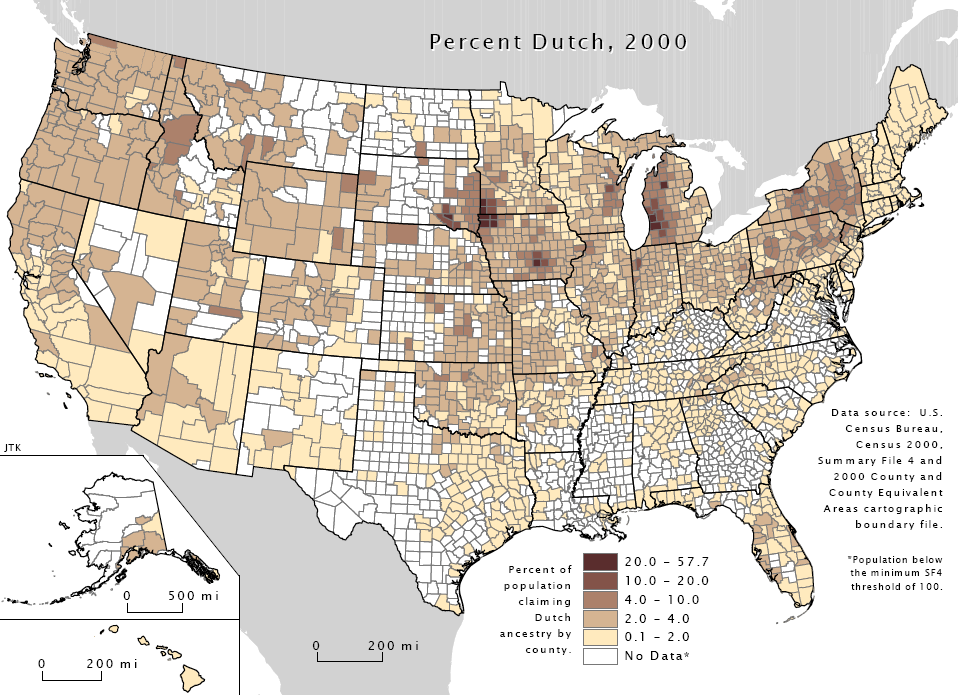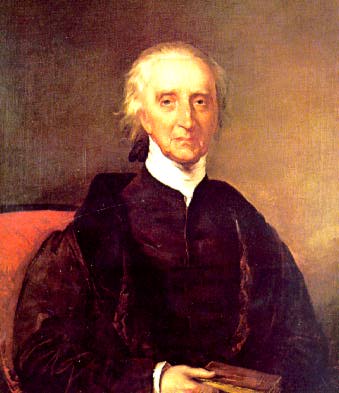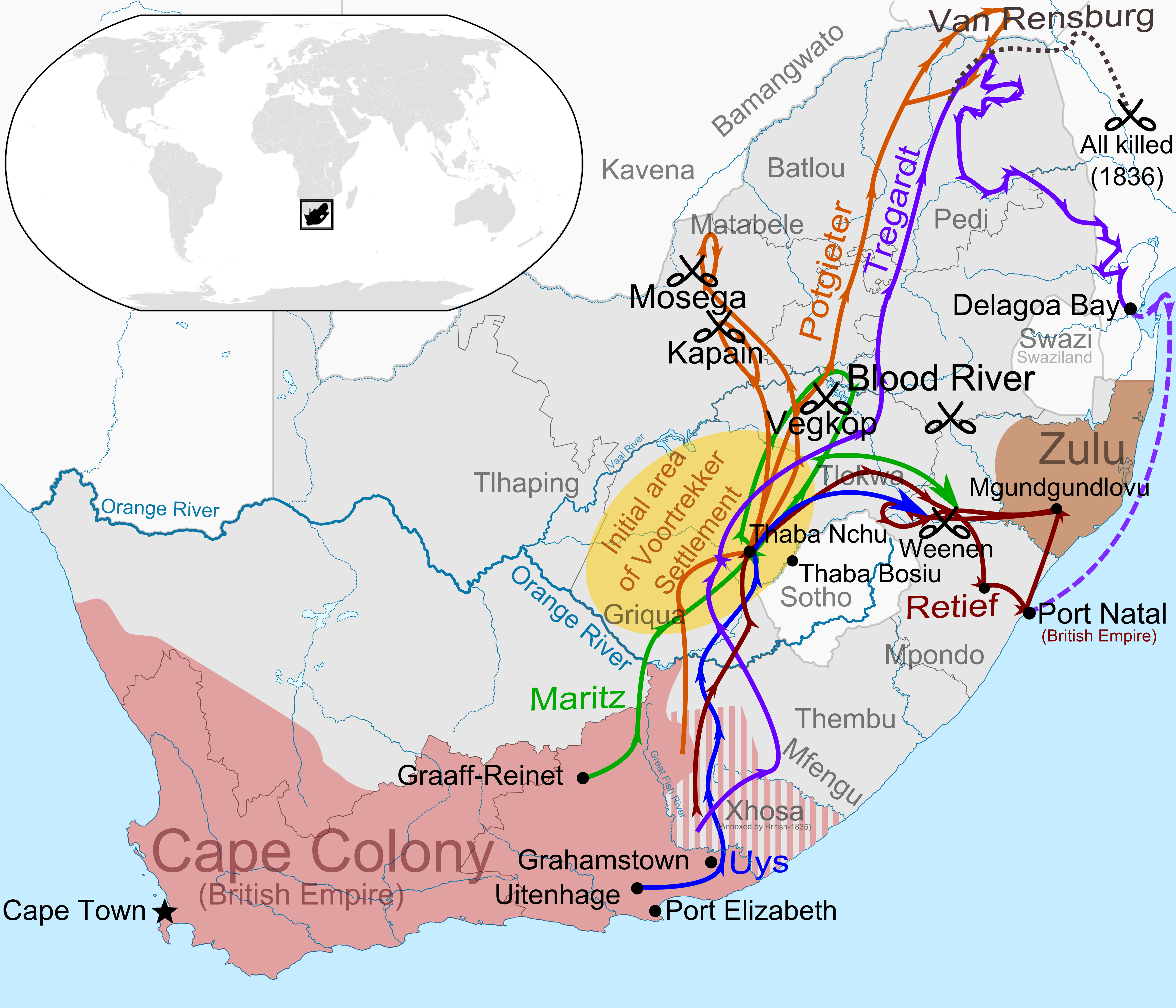|
Irish Commandos
Two Irish Commandos, volunteer military units of guerrilla militia, fought alongside the Boers against the British forces during the Second Boer War (1899–1902). Background Irish support for the Boers can be traced back to 1877 when several Irish parliamentarians, such as Charles Stewart Parnell, opposed laws to annex the South African Republic under British rule. Although the annexation was successful, many Irishmen continued to show support for the Boers during the First Anglo-Boer War; especially in 1881 following the British defeat at the Battle of Majuba Hill where an Irishman Alfred Aylward served as an adviser to the Boer General Piet Joubert during the battle. When rumours of a second war with the Boers began to surface, protesters led by James Connolly took to the streets in Dublin in August 1899 and public meetings were held across Ireland in support of the Boers. Several weeks later in Dublin, nearly twenty thousand marched in protest against the planned invasion ... [...More Info...] [...Related Items...] OR: [Wikipedia] [Google] [Baidu] |
Cape Colony
The Cape Colony ( nl, Kaapkolonie), also known as the Cape of Good Hope, was a British colony in present-day South Africa named after the Cape of Good Hope, which existed from 1795 to 1802, and again from 1806 to 1910, when it united with three other colonies to form the Union of South Africa. The British colony was preceded by an earlier corporate colony that became an original Dutch colony of the same name, which was established in 1652 by the Dutch East India Company (VOC). The Cape was under VOC rule from 1652 to 1795 and under rule of the Napoleonic Batavia Republic from 1803 to 1806. The VOC lost the colony to Great Britain following the 1795 Battle of Muizenberg, but it was acceded to the Batavia Republic following the 1802 Treaty of Amiens. It was re-occupied by the British following the Battle of Blaauwberg in 1806, and British possession affirmed with the Anglo-Dutch Treaty of 1814. The Cape of Good Hope then remained in the British Empire, becoming self- ... [...More Info...] [...Related Items...] OR: [Wikipedia] [Google] [Baidu] |
Battle Of Majuba Hill
The Battle of Majuba Hill on 27 February 1881 was the final and decisive battle of the First Boer War that was a resounding victory for the Boers. The British Major General Sir George Pomeroy Colley occupied the summit of the hill on the night of 26–27 February 1881. Colley's motive for occupying Majuba Hill, near Volksrust, now in South Africa, may have been anxiety that the Boers would soon occupy it themselves, since he had witnessed their trenches being dug in the direction of the hill. The Boers believed that he might have been attempting to outflank their positions at Laing's Nek. The hill was not considered to be scalable by the Boers for military purposes and so it may have been Colley's attempt to emphasise British power and strike fear into the Boer camp. The battle is considered by some to have been one of the "most humiliating" defeats suffered by the British in their military history. Battle The bulk of the 405 British soldiers occupying the hill were 171 men ... [...More Info...] [...Related Items...] OR: [Wikipedia] [Google] [Baidu] |
Dutch Americans
Dutch Americans ( nl, Nederlandse Amerikanen) are Americans of Dutch descent whose ancestors came from the Netherlands in the recent or distant past. Dutch settlement in the Americas started in 1613 with New Amsterdam, which was exchanged with the English for Suriname at the Treaty of Breda (1667) and renamed New York City. The English split the Dutch colony of New Netherland into two pieces and named them New York and New Jersey. Further waves of immigration occurred in the 19th and 20th centuries. Prominent (partial) Dutch American political figures include Presidents Martin Van Buren, Warren G. Harding, and Theodore and Franklin D. Roosevelt and U.S. Senators Philip Schuyler, Nicholas Van Dyke, Hamilton Fish, John C. Ten Eyck, Daniel W. Voorhees, Arthur Vandenberg, Peter G. Van Winkle, Alan Simpson, Fred Thompson, John Hoeven, and Christopher Van Hollen. Two of the Founding Fathers of the United States, Egbert Benson and John Jay, were also of Dutch descent. Governors J ... [...More Info...] [...Related Items...] OR: [Wikipedia] [Google] [Baidu] |
Portuguese Mozambique
Portuguese Mozambique ( pt, Moçambique) or Portuguese East Africa (''África Oriental Portuguesa'') were the common terms by which Mozambique was designated during the period in which it was a Portuguese Empire, Portuguese colony. Portuguese Mozambique originally constituted a string of Portuguese possessions along the south-east African coast, and later became a unified colony, which now forms the Republic of Mozambique. Portuguese trading settlements—and later, colonies—were formed along the coast and into the Zambezi basin from 1498 when Vasco da Gama first reached the Mozambican coast. Lourenço Marques (explorer), Lourenço Marques explored the area that is now Maputo Bay in 1544. The Portuguese increased efforts for occupying the interior of the colony after the Scramble for Africa, and secured political control over most of its territory in 1918, facing the resistance of Africans during the process. Some territories in Mozambique were handed over in the late 19th cent ... [...More Info...] [...Related Items...] OR: [Wikipedia] [Google] [Baidu] |
US Army
The United States Army (USA) is the land service branch of the United States Armed Forces. It is one of the eight U.S. uniformed services, and is designated as the Army of the United States in the U.S. Constitution.Article II, section 2, clause 1 of the United States Constitution (1789). See alsTitle 10, Subtitle B, Chapter 301, Section 3001 The oldest and most senior branch of the U.S. military in order of precedence, the modern U.S. Army has its roots in the Continental Army, which was formed 14 June 1775 to fight the American Revolutionary War (1775–1783)—before the United States was established as a country. After the Revolutionary War, the Congress of the Confederation created the United States Army on 3 June 1784 to replace the disbanded Continental Army.Library of CongressJournals of the Continental Congress, Volume 27/ref> The United States Army considers itself to be a continuation of the Continental Army, and thus considers its institutional inception to be ... [...More Info...] [...Related Items...] OR: [Wikipedia] [Google] [Baidu] |
Irish-American
, image = Irish ancestry in the USA 2018; Where Irish eyes are Smiling.png , image_caption = Irish Americans, % of population by state , caption = Notable Irish Americans , population = 36,115,472 (10.9%) alone or in combination 10,899,442 (3.3%) Irish alone 33,618,500(10.1%) alone or in combination 9,919,263 (3.0%) Irish alone , popplace = Boston New York City Scranton Philadelphia New Orleans Pittsburgh Cleveland Chicago Baltimore Detroit Milwaukee Louisville New England Delaware Valley Coal Region Los Angeles Las Vegas Atlanta Sacramento San Diego Houston Dallas San Francisco Palm Springs, California Fairbanks and most urban areas , langs = English ( American English dialects); a scant speak Irish , rels = Protestant (51%) Catholic (36%) Other (3%) No religion (10%) (2006) , related = Anglo-Irish people Breton Americans Cornish Americans English Americans Irish ... [...More Info...] [...Related Items...] OR: [Wikipedia] [Google] [Baidu] |
Burgher (Boer Republics)
In the Boer Republics of 19th century South Africa, a burgher was a fully enfranchised citizen. Burgher rights were restricted to white men, in particular Boers. Terminology and origins Historically Burgher refers to a non-slave or serf citizen of a town or city, typically a member of the wealth bourgeoisie. (See also Burgher (title)). In South Africa, the word has its origins from the term free burghers. After the establishment of the settlement at the Cape by the Dutch East India Company (VOC) several servants were issued with free papers in 1657 relieving them from their service to the Company. These people were referred to as the Free Burghers. Free burgher status included privileges such as land ownership and making use of the land to farm and supply produce to the Company usually at fixed rates. The free burghers who settled permanently in the Cape area brought about the inception of the Boers who migrated further into the interior of South Africa. Several expansions ... [...More Info...] [...Related Items...] OR: [Wikipedia] [Google] [Baidu] |
Witwatersrand
The Witwatersrand () (locally the Rand or, less commonly, the Reef) is a , north-facing scarp in South Africa. It consists of a hard, erosion-resistant quartzite metamorphic rock, over which several north-flowing rivers form waterfalls, which account for the name Witwatersrand, meaning "white water ridge" in Afrikaans.Truswell, J.F. (1977). ''The Geological Evolution of South Africa''. pp. 21, 27–28, 33–36. Cape Town: Purnell. This east-west-running scarp can be traced with only one short gap, from Bedfordview (about west of O.R. Tambo International Airport) in the east, through Johannesburg and Roodepoort, to Krugersdorp in the west (see the diagram at left below).Norman, N.; Whitfield, G. (2006) ''Geological Journeys''. pp. 38–49, 60–61. Cape Town: Struik Publishers. The scarp forms the northern edge of a plateau (or ridge) which rises about above the surrounding plains of the Highveld. A number of picturesque Johannesburg suburbs, including Observatory, ... [...More Info...] [...Related Items...] OR: [Wikipedia] [Google] [Baidu] |
Irish Transvaal Brigade
Two Irish Commandos, volunteer military units of guerrilla militia, fought alongside the Boers against the British forces during the Second Boer War (1899–1902). Background Irish support for the Boers can be traced back to 1877 when several Irish parliamentarians, such as Charles Stewart Parnell, opposed laws to annex the South African Republic under British rule. Although the annexation was successful, many Irishmen continued to show support for the Boers during the First Anglo-Boer War; especially in 1881 following the British defeat at the Battle of Majuba Hill where an Irishman Alfred Aylward served as an adviser to the Boer General Piet Joubert during the battle. When rumours of a second war with the Boers began to surface, protesters led by James Connolly took to the streets in Dublin in August 1899 and public meetings were held across Ireland in support of the Boers. Several weeks later in Dublin, nearly twenty thousand marched in protest against the planned invasio ... [...More Info...] [...Related Items...] OR: [Wikipedia] [Google] [Baidu] |
Paul Kruger
Stephanus Johannes Paulus Kruger (; 10 October 1825 – 14 July 1904) was a South African politician. He was one of the dominant political and military figures in 19th-century South Africa, and President of the South African Republic (or Transvaal) from 1883 to 1900. Nicknamed ''Oom Paul'' ("Uncle Paul"), he came to international prominence as the face of the Boer cause—that of the Transvaal and its neighbour the Orange Free State—against Britain during the Second Boer War of 1899–1902. He has been called a personification of Afrikanerdom, and remains a controversial figure; admirers venerate him as a tragic folk hero. Born near the eastern edge of the Cape Colony, Kruger took part in the Great Trek as a child during the late 1830s. He had almost no education apart from the Bible. A protégé of the Voortrekker leader Andries Pretorius, he witnessed the signing of the Sand River Convention with Britain in 1852 and over the next decade played a prominent role in t ... [...More Info...] [...Related Items...] OR: [Wikipedia] [Google] [Baidu] |
Dublin
Dublin (; , or ) is the capital and largest city of Ireland. On a bay at the mouth of the River Liffey, it is in the province of Leinster, bordered on the south by the Dublin Mountains, a part of the Wicklow Mountains range. At the 2016 census it had a population of 1,173,179, while the preliminary results of the 2022 census recorded that County Dublin as a whole had a population of 1,450,701, and that the population of the Greater Dublin Area was over 2 million, or roughly 40% of the Republic of Ireland's total population. A settlement was established in the area by the Gaels during or before the 7th century, followed by the Vikings. As the Kingdom of Dublin grew, it became Ireland's principal settlement by the 12th century Anglo-Norman invasion of Ireland. The city expanded rapidly from the 17th century and was briefly the second largest in the British Empire and sixth largest in Western Europe after the Acts of Union in 1800. Following independence in 1922, ... [...More Info...] [...Related Items...] OR: [Wikipedia] [Google] [Baidu] |


%2C_c.1899-1902.jpg)


